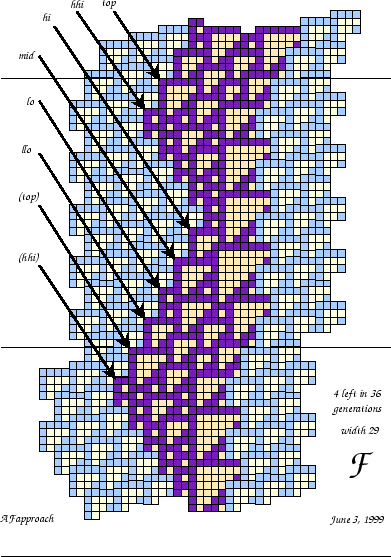| align |
monomer |
dimer |
trimer |
tetramer |
tetrad |
pentad |
| top |
EBar |
C1 + 3 B |
C1 + 2B |
C1 + B |
C3 |
C2 |
| hhi |
EBar |
EBar + A |
E1 |
D1 |
D1 |
C2 |
| hi |
EBar |
EBar + A |
E1 |
E1 + A |
D1 |
C2 |
| mid |
EBar |
E2 |
E1 |
D1 |
D1 |
C2 |
| lo |
EBar |
EBar + A |
E1 |
BBar + F + 2B |
D1 |
C2 |
| llo |
EBar |
EBar + A |
C1 + 2B |
C1+ B |
C3 |
C2 |
|


